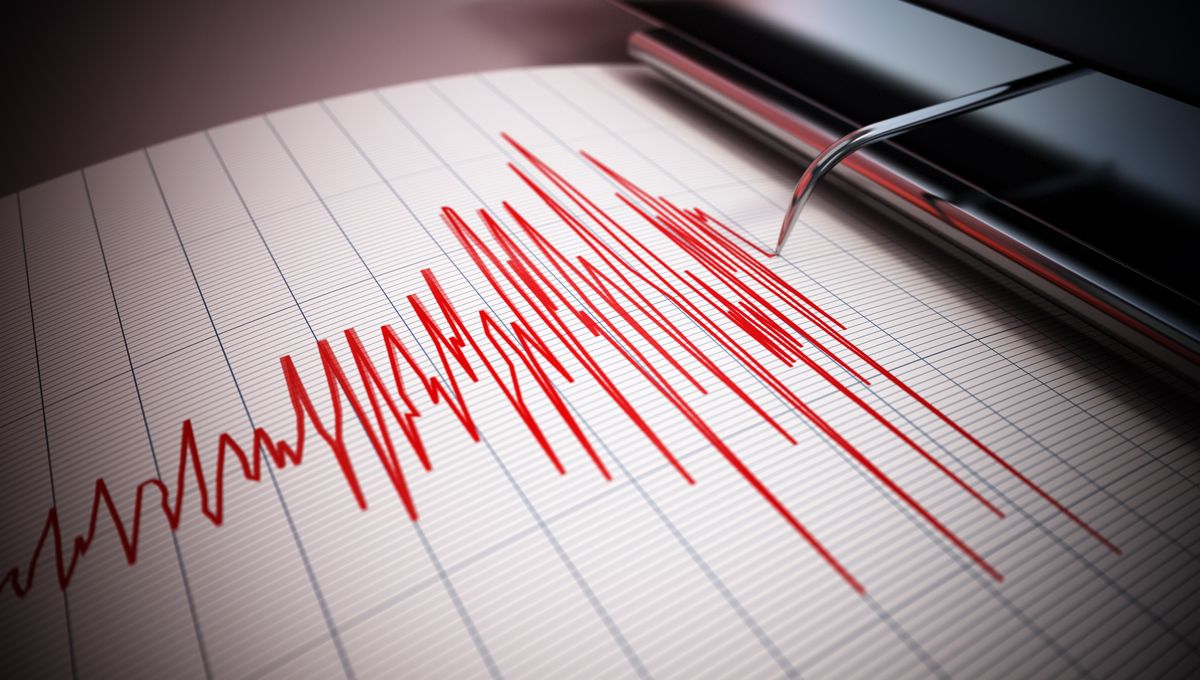
Stretching around 1,000 kilometers (621 miles) along western North America, the Tintina fault has long been assumed to be inactive. Now, a new study has challenged that assumption, finding that the fault has generated “numerous large earthquakes in the recent geologic past” – and it could be brewing another one of “at least” magnitude 7.5.
The rest of this article is behind a paywall. Please sign in or subscribe to access the full content.
The study was carried out by a team of researchers from the University of Victoria and the University of Alberta, and provides what they say is the first conclusive evidence that the Tintina fault hasn’t actually been chilling out for the last 40 million years.
“Over the past couple of decades there have been a few small earthquakes of magnitude 3 to 4 detected along the Tintina fault, but nothing to suggest it is capable of large ruptures,” said lead author Theron Finley in a statement. “The expanding availability of high-resolution data prompted us to re-examine the fault, looking for evidence of prehistoric earthquakes in the landscape.”
That evidence came in the form of fault scarps, step-like landforms created when the ground on one side of a fault moves upwards relative to the other side. Analyzing these fault scarps revealed that multiple earthquakes had occurred along the fault in the last 2.6 million years, causing it to slip by several meters each time.
This evidence also showed that the last time this fault experienced a major rupture was at least 12,000 years ago, but it’s continued to build up strain in this time – and that means there could be a major earthquake coming in the future.
“We determined that future earthquakes on the Tintina fault could exceed magnitude 7.5,” said Finley.
Such an earthquake would have “significant implications” for the Yukon Territory and Alaska, the researchers write, noting that it would cause “severe shaking” in Dawson City – which is less than 20 kilometers (12.4 miles) from where the mapped fault trace is – and could potentially cause landslides and damage to highways and mines.
Earthquakes are notoriously difficult to predict, so Finley and colleagues don’t make any estimations as to when exactly such a quake might occur beyond writing that “the fault may be at an advanced stage of strain accumulation.”
“Based on the data, we think that the fault may be at a relatively late stage of a seismic cycle, having accrued a slip deficit, or build-up of strain, of 6 metres [20 feet] in the last 12,000 years,” explained Finley. “If this were to be released, it would cause a significant earthquake.”
The study is published in Geophysical Research Letters.
Source Link: North America’s Tintina Fault More Active Than Thought – And Could Be Brewing A Major Earthquake